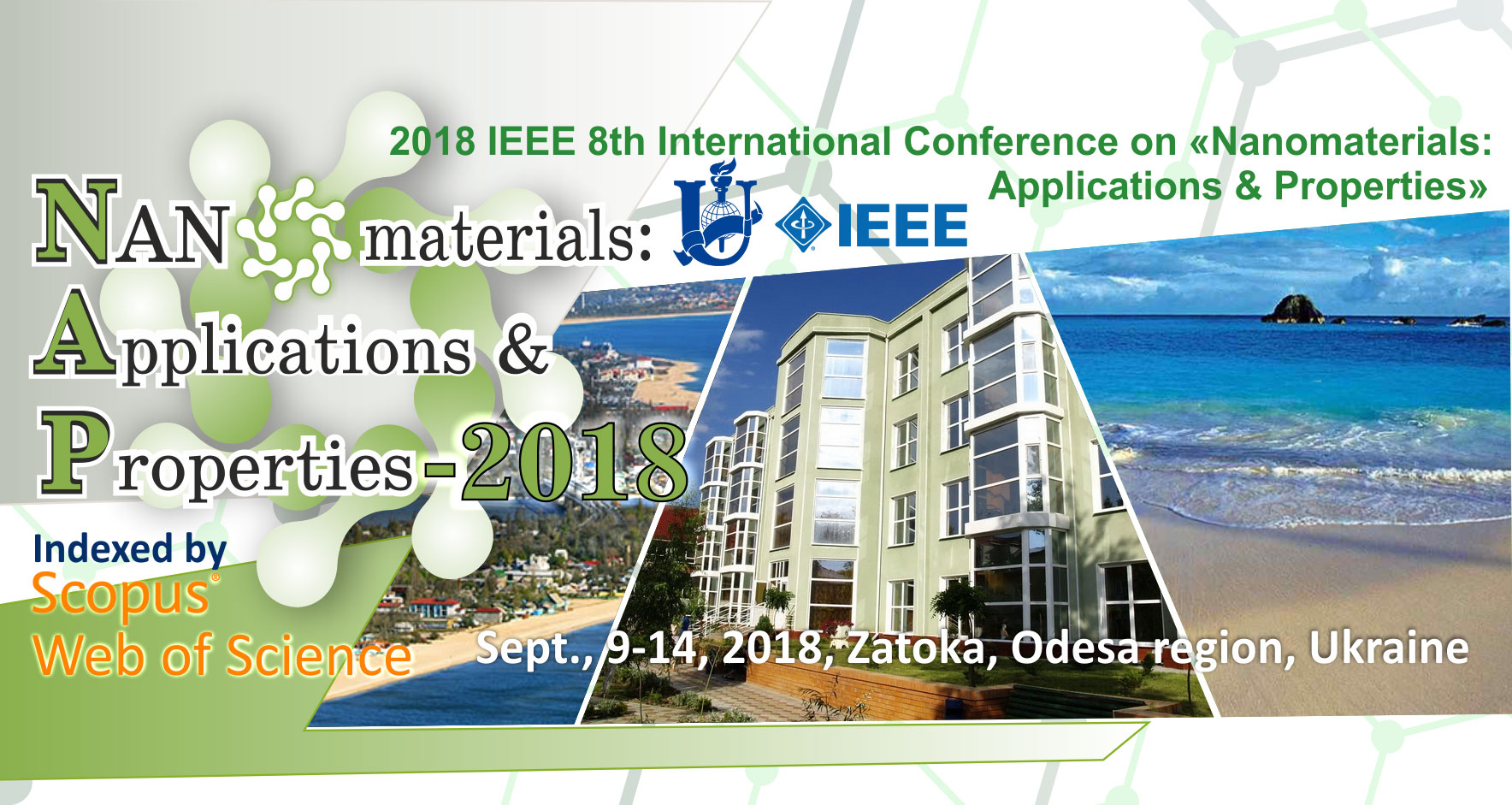
NAP 2018: 2018 IEEE 8th International Conference on Nanomaterials: Applications & Properties
NAP-2018 Conference served as an excellent international platform for an engaging and informal exchange of ideas, that provides opportunities to strengthen existing collaborations and catalyze new partnerships, and thus ultimately accelerating the application of nanotechnology to address the most urgent societal needs.
The NAP – 2018 Conference is devoted to the most interesting aspects of modern Materials Science with the prime focus on nanoscale materials. Although nanoscience and nanotechnology are still in their infancy, this rapidly evolving field of research is quickly transforming almost all aspects of our everyday life. From the low power electronics and supercomputers, to advanced drugs and personalized medicine, from new industrial applications, and renewable energy to advanced transportation and clean air technologies, nanoscience is the foundation of many of the transformational discoveries in the decades to come.
Tracks and Topics:
- Synthesis, Characterization and Properties of Nanomaterials;
- Carbon-based and other 2D materials;
- Photonics & Nanomaterials;
- Trends in Spintronics & Spin-related Phenomena at Nanoscale;
- Thin Films, Nanostructured Materials and Coatings;
- Nanomaterials for Clean Energy and Environment;
- Nanotechnology and Nanomaterials for Life Sciences;
- Miscellaneous and Interdisciplinary Topics
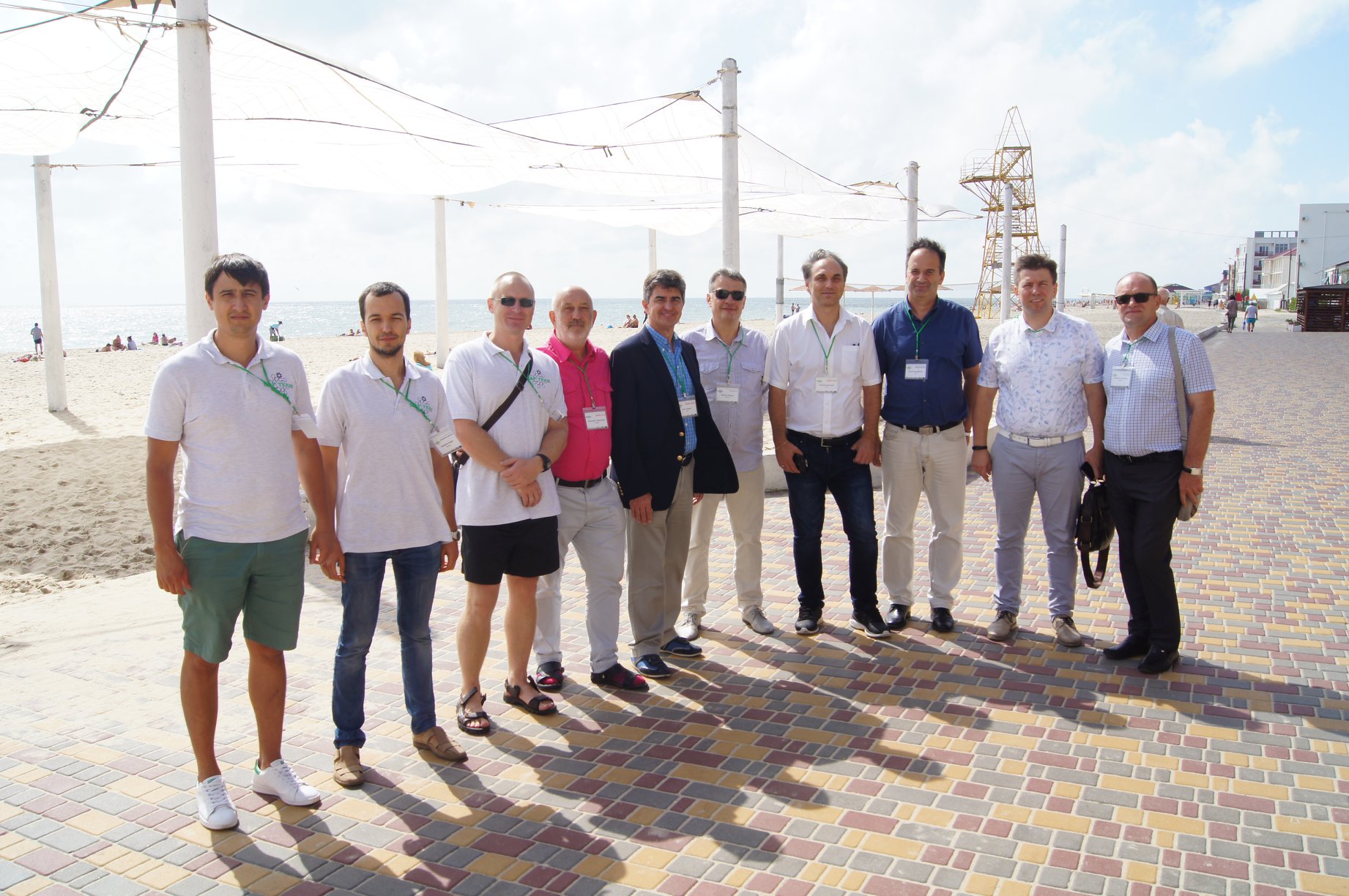
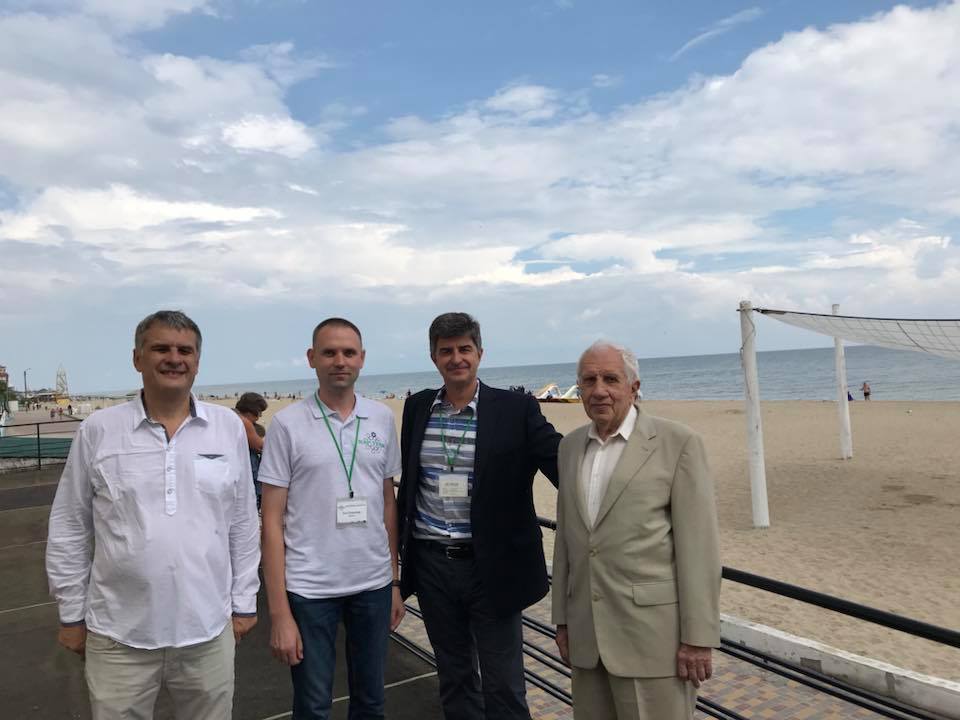
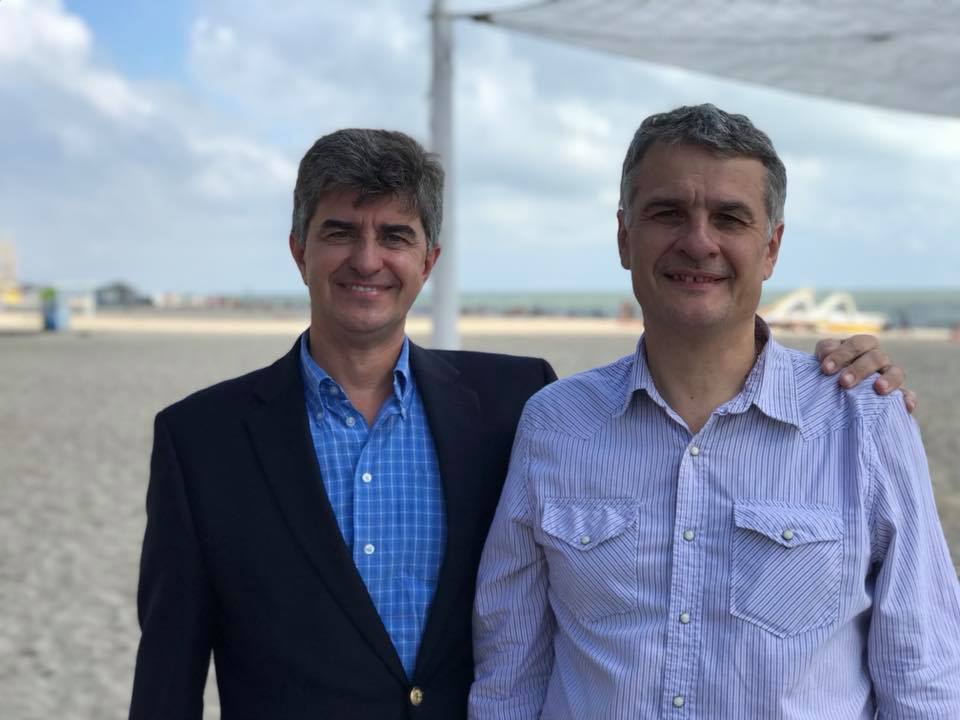
Professor Yury Gogotsi was a honored invited speaker at the conference, he gave a plenary talk on MXenes - expanding the world of 2D materials, participated in conference seminars and discussions.
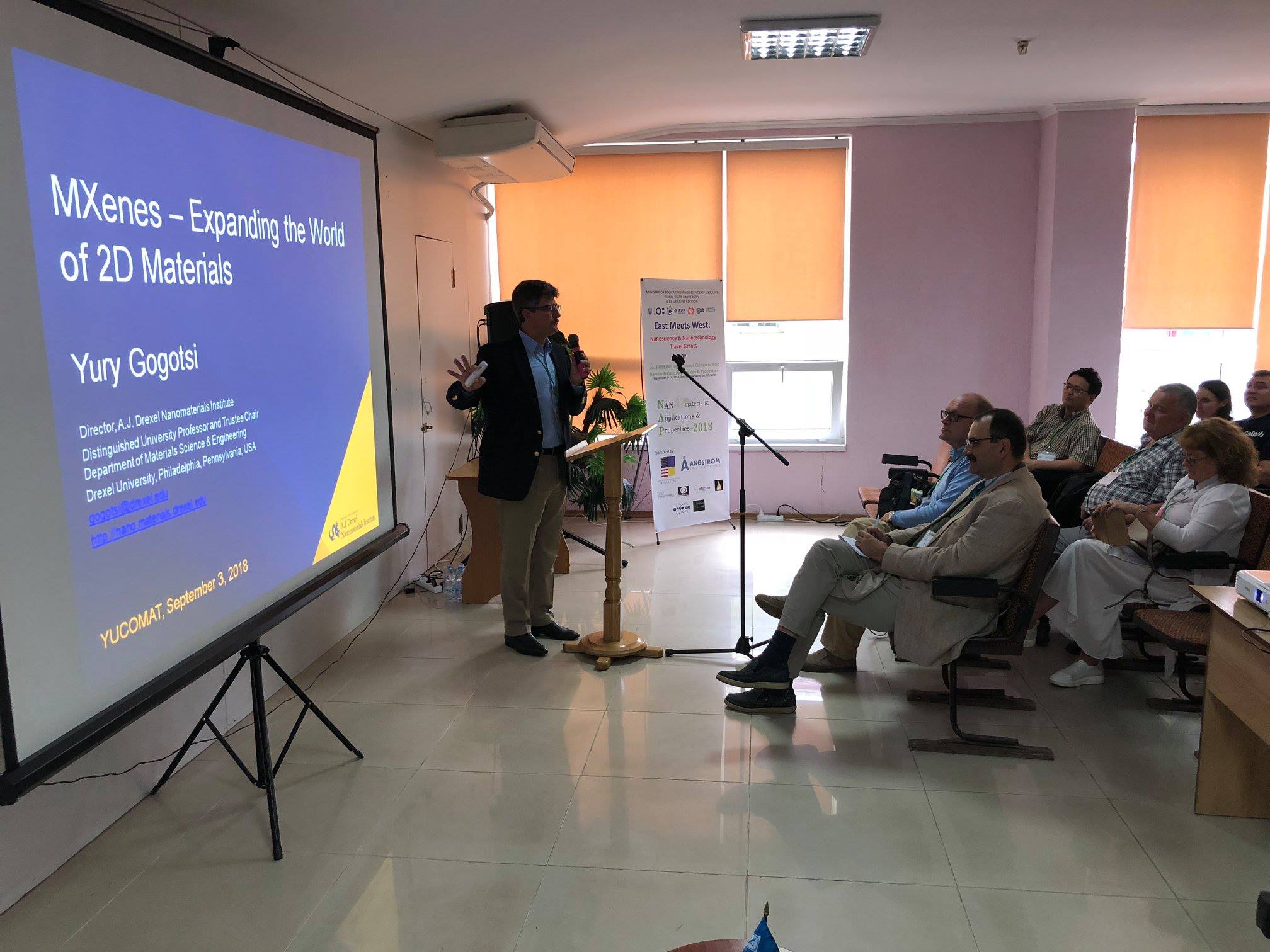
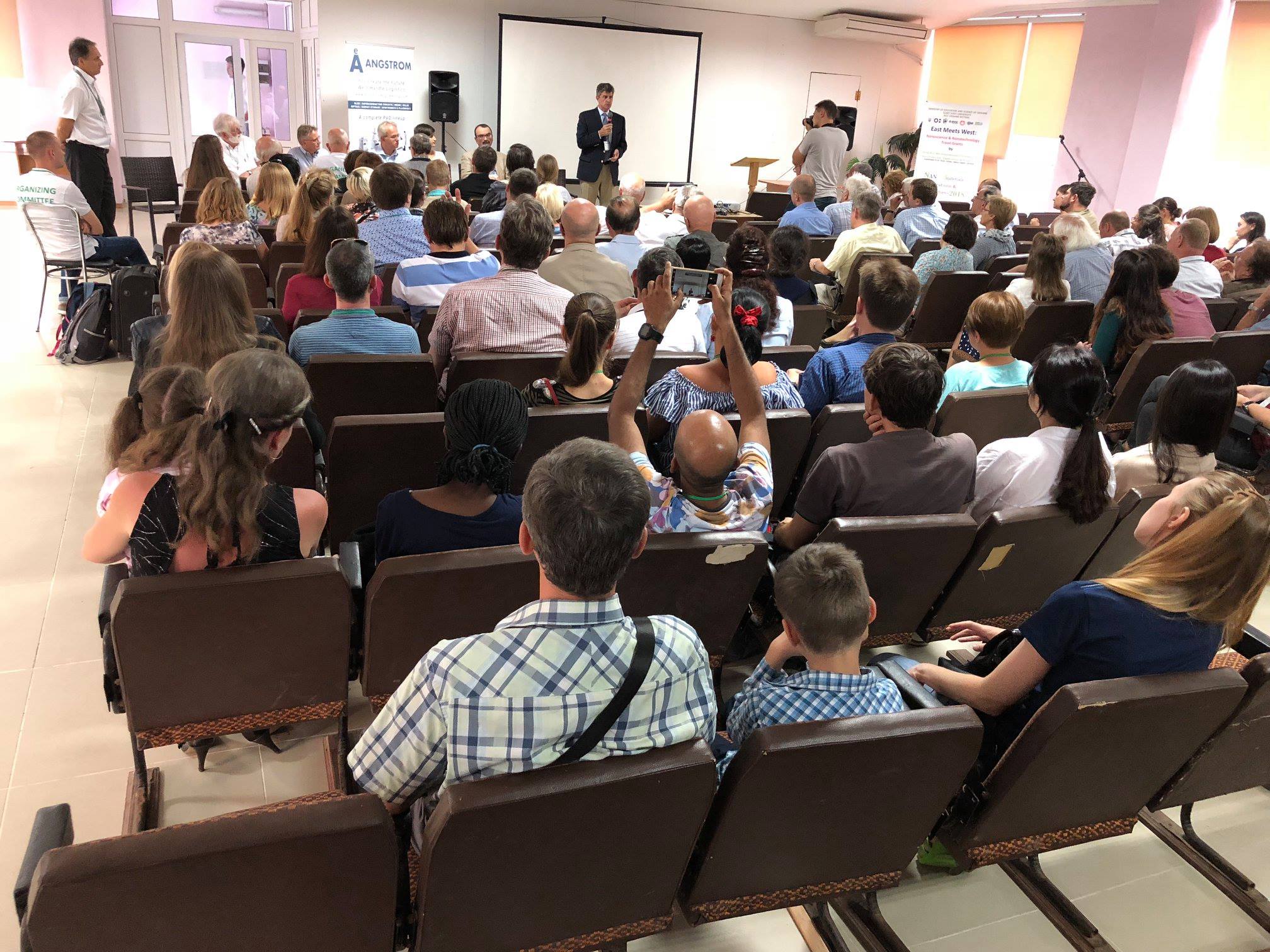
Materials Research Centre director Oleksiy Gogotsi, professor Yury Gogotsi (Drexel University, USA) and professor Galina Dovbeshko (Institute of Physiscs NASU) took part in NAP 2018 Conferencein Round Table dedicated to Horizon 2020 MSCA RISE Project №690853 assymcyrv: The influence of the cell membrane asymmetry and curvature on the functioning of membrane proteins and the transport of therapeutic compounds. They discussed with other conference participants problems of interdisciplinary interaction between bioscientists and physicists, materials engineering researchers.

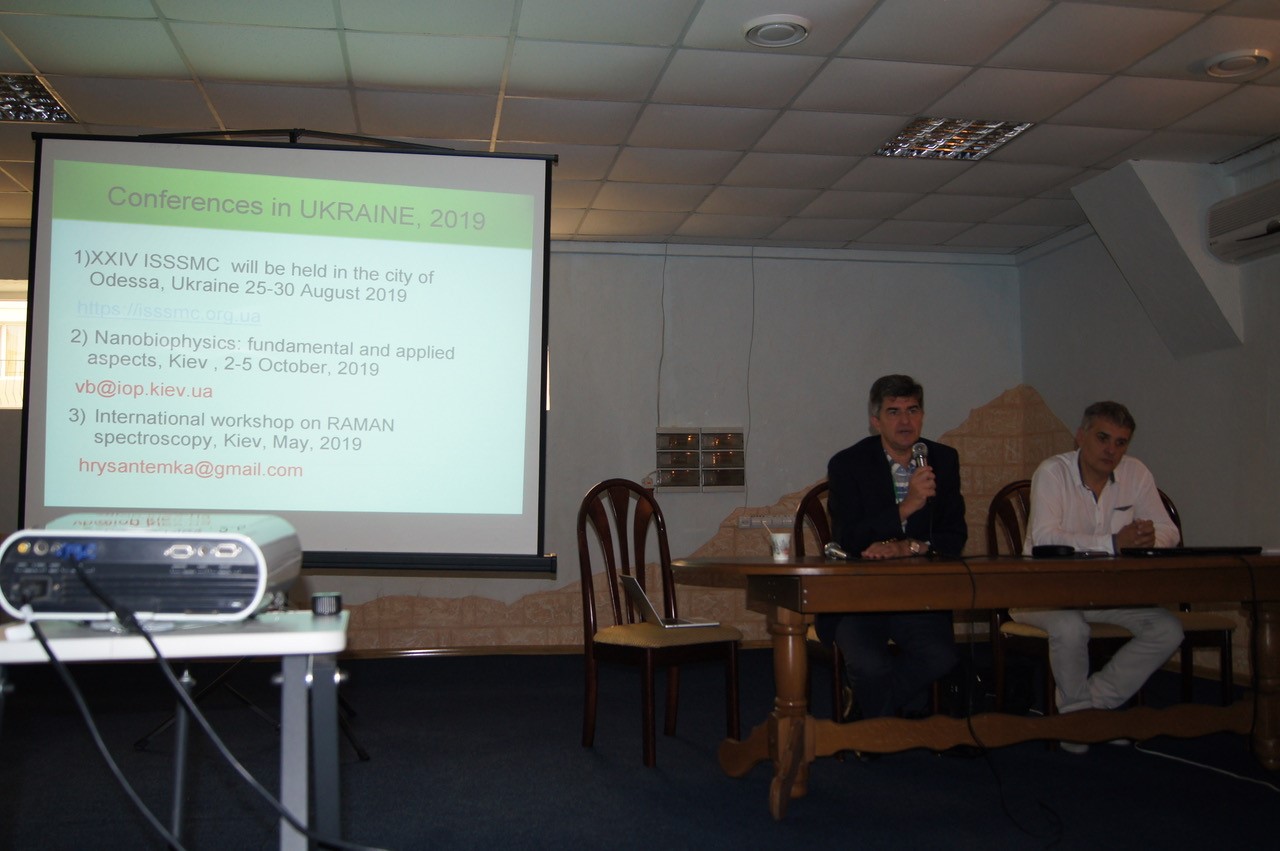
At the poster session of the conference Oleksiy Gogotsi presented two poster presentations on advanced nanomaterials for different applications, prepared with colleagues from Drexel University, USA, and Jilin University, China:
O. Gogtosi, V. Zahorodna, Serhienko A., I. Hrysko, A. Serhienko, Y. Zozulya, V. Balitskiy, M. Seredych, B. Anasori, Y. Gogotsi. Scale-up of MXene Synthesis, 2018 IEEE 8th International Conference on Nanomaterials: Applications & Properties, Zatoka, September 9-14, 2018. This work was supported by the project that received funding from the European Union’s Horizon 2020 research and innovation programme under the Marie Skłodowska-Curie grant agreement No 777810 : NANO2DAY: Multifunctional Polymer Composites Doped With Novel 2D Nanoparticles for Advanced Applications.
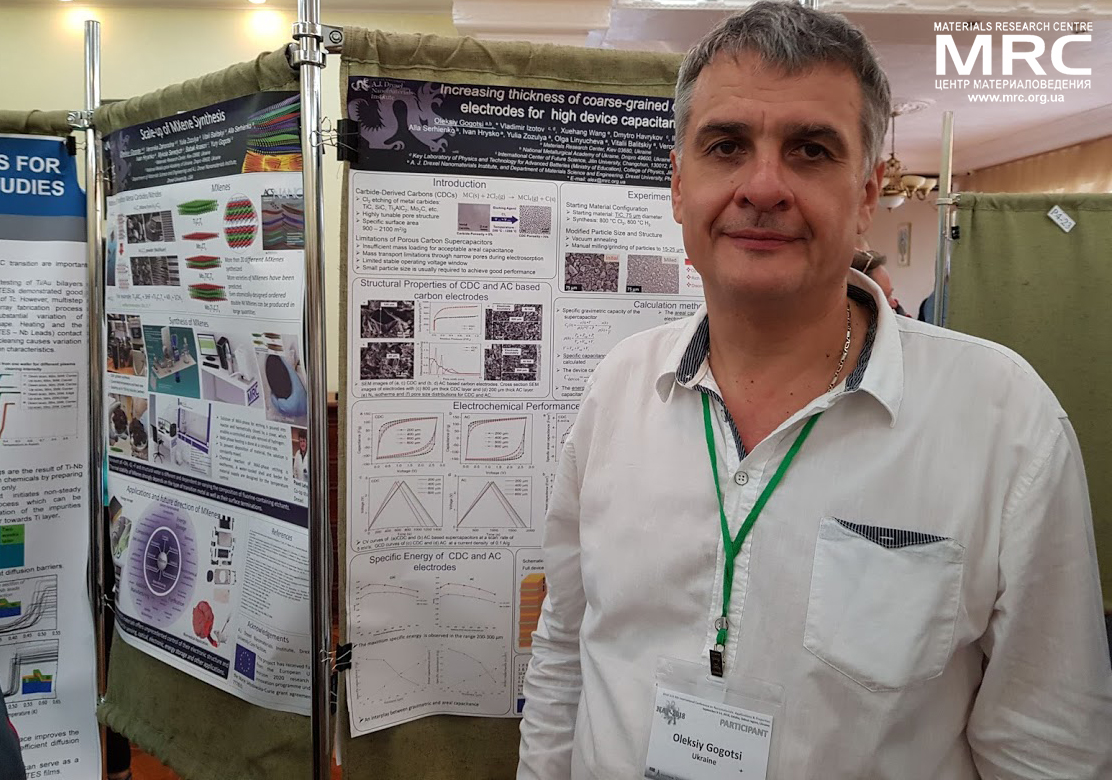
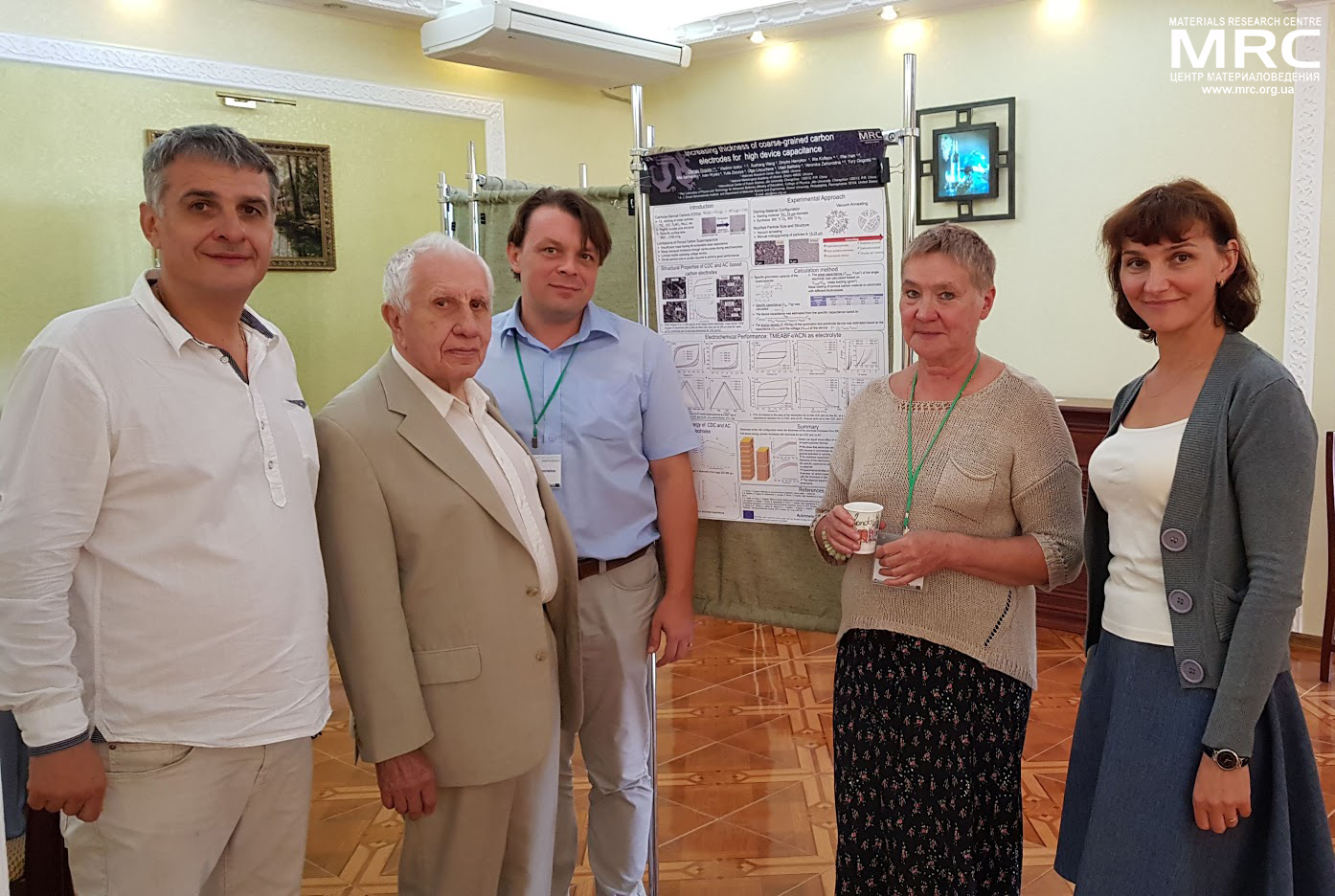
2018 IEEE 8th International Conference on Nanomaterials: Applications & Properties



 Highlights
Highlights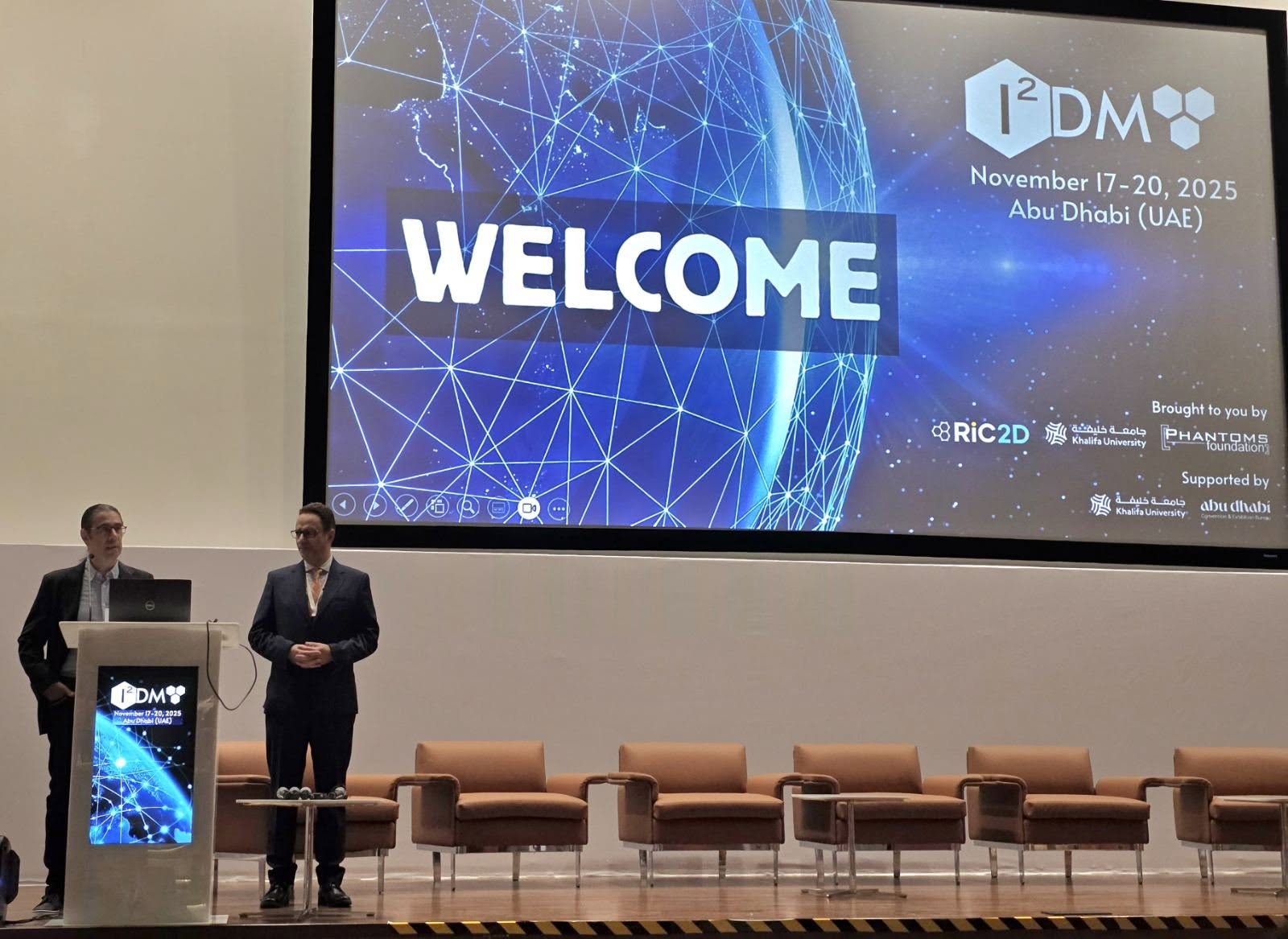 We are excited to share that our Carbon-Ukraine (Y-Carbon LLC) company participated in the I2DM Summit and Expo 2025 at Khalifa University in Abu-Dhabi! Huge thanks to Research & Innovation Center for Graphene and 2D Materials (RIC2D) for hosting such a high-level event.It was an incredible opportunity to meet brilliant researchers and innovators working on the next generation of 2D materials. The insights and energy from the summit will definitely drive new ideas in our own development.
We are excited to share that our Carbon-Ukraine (Y-Carbon LLC) company participated in the I2DM Summit and Expo 2025 at Khalifa University in Abu-Dhabi! Huge thanks to Research & Innovation Center for Graphene and 2D Materials (RIC2D) for hosting such a high-level event.It was an incredible opportunity to meet brilliant researchers and innovators working on the next generation of 2D materials. The insights and energy from the summit will definitely drive new ideas in our own development. Carbon-Ukraine team had the unique opportunity to visit XPANCEO - a Dubai-based deep tech startup company that is developing the first smart contact lenses with AR vision and health monitoring features, working on truly cutting-edge developments.
Carbon-Ukraine team had the unique opportunity to visit XPANCEO - a Dubai-based deep tech startup company that is developing the first smart contact lenses with AR vision and health monitoring features, working on truly cutting-edge developments. Our Carbon-Ukraine team (Y-Carbon LLC) are thrilled to start a new RIC2D project MX-Innovation in collaboration with Drexel University Yury Gogotsi and Khalifa University! Amazing lab tours to project collaborators from Khalifa University, great discussions, strong networking, and a wonderful platform for future collaboration.
Our Carbon-Ukraine team (Y-Carbon LLC) are thrilled to start a new RIC2D project MX-Innovation in collaboration with Drexel University Yury Gogotsi and Khalifa University! Amazing lab tours to project collaborators from Khalifa University, great discussions, strong networking, and a wonderful platform for future collaboration.
 MXenes potential applications include sensors, wound healing materials, and drug delivery systems. A recent study explored how different synthesis methods affect the safety and performance of MXenes. By comparing etching conditions and intercalation strategies, researchers discovered that fine-tuning the surface chemistry of MXenes plays a crucial role in improving biocompatibility. These results provide practical guidelines for developing safer MXenes and bring the field one step closer to real biomedical applications.
MXenes potential applications include sensors, wound healing materials, and drug delivery systems. A recent study explored how different synthesis methods affect the safety and performance of MXenes. By comparing etching conditions and intercalation strategies, researchers discovered that fine-tuning the surface chemistry of MXenes plays a crucial role in improving biocompatibility. These results provide practical guidelines for developing safer MXenes and bring the field one step closer to real biomedical applications. An excellent review highlighting how MXene-based sensors can help tackle one of today’s pressing environmental challenges — heavy metal contamination. Excited to see such impactful work moving the field of environmental monitoring and sensor technology forward!
An excellent review highlighting how MXene-based sensors can help tackle one of today’s pressing environmental challenges — heavy metal contamination. Excited to see such impactful work moving the field of environmental monitoring and sensor technology forward!
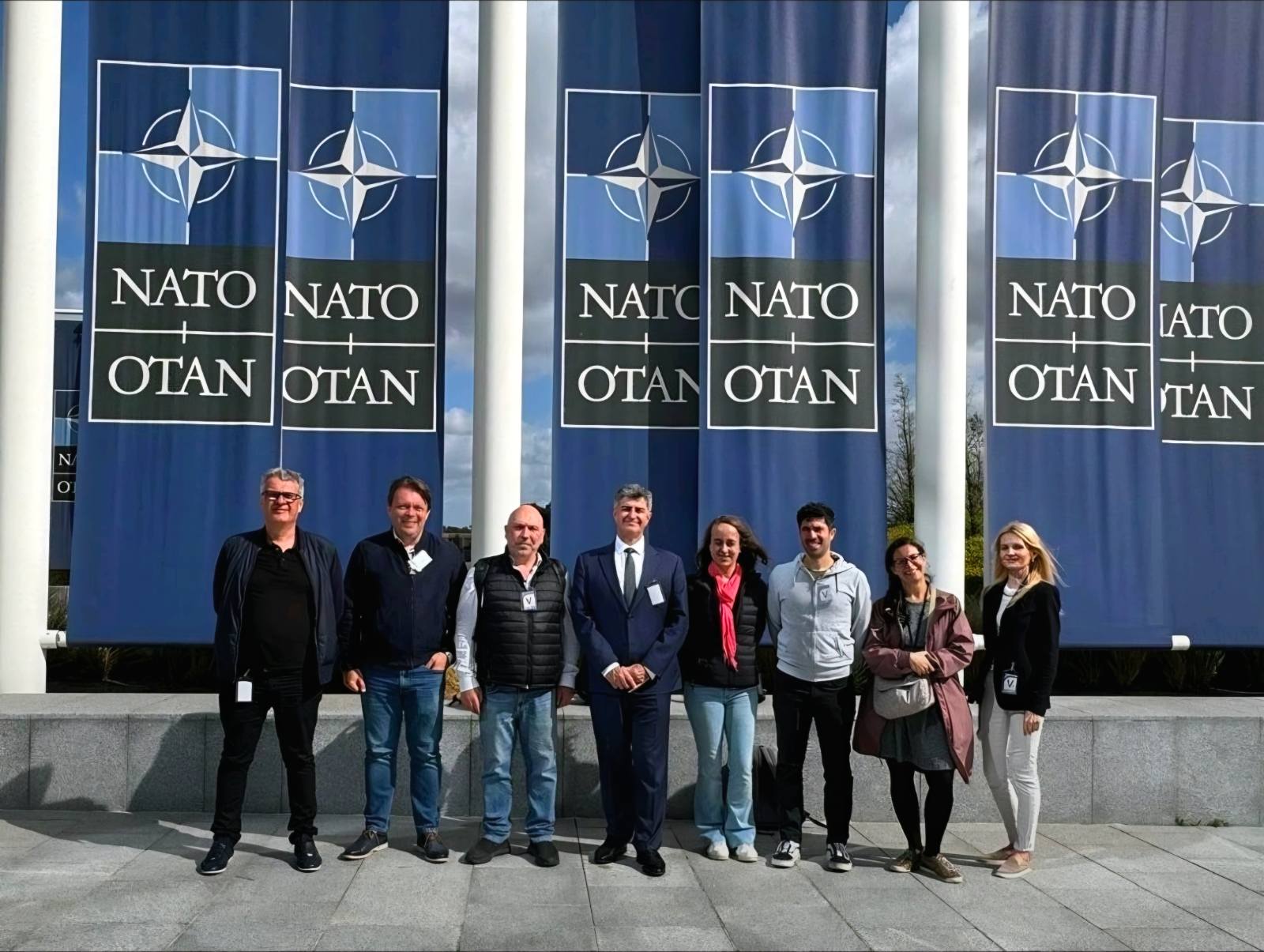 Carbon-Ukraine team was truly delighted to take part in the kickoff meeting of the ATHENA Project (Advanced Digital Engineering Methods to Design MXene-based Nanocomposites for Electro-Magnetic Interference Shielding in Space), supported by NATO through the Science for Peace and Security Programme.
Carbon-Ukraine team was truly delighted to take part in the kickoff meeting of the ATHENA Project (Advanced Digital Engineering Methods to Design MXene-based Nanocomposites for Electro-Magnetic Interference Shielding in Space), supported by NATO through the Science for Peace and Security Programme. Exellent news, our joint patent application with Drexel University on highly porous MAX phase precursor for MXene synthesis published. Congratulations and thanks to all team involved!
Exellent news, our joint patent application with Drexel University on highly porous MAX phase precursor for MXene synthesis published. Congratulations and thanks to all team involved! Our team was very delighted to take part in International Symposium "The MXene Frontier: Transformative Nanomaterials Shaping the Future" – the largest MXene event in Europe this year!
Our team was very delighted to take part in International Symposium "The MXene Frontier: Transformative Nanomaterials Shaping the Future" – the largest MXene event in Europe this year!  Last Call! Have you submitted your abstract for IEEE NAP-2025 yet? Join us at the International Symposium on "The MXene Frontier: Transformative Nanomaterials Shaping the Future" – the largest MXene-focused conference in Europe this year! Final Submission Deadline: May 15, 2025. Don’t miss this exclusive opportunity to showcase your research and engage with world leaders in the MXene field!
Last Call! Have you submitted your abstract for IEEE NAP-2025 yet? Join us at the International Symposium on "The MXene Frontier: Transformative Nanomaterials Shaping the Future" – the largest MXene-focused conference in Europe this year! Final Submission Deadline: May 15, 2025. Don’t miss this exclusive opportunity to showcase your research and engage with world leaders in the MXene field! We are excited to announce the publication of latest review article on MXenes in Healthcare. This comprehensive review explores the groundbreaking role of MXenes—an emerging class of 2D materials—in revolutionizing the fields of medical diagnostics and therapeutics. Read the full article here: https://doi.org/10.1039/D4NR04853A.
We are excited to announce the publication of latest review article on MXenes in Healthcare. This comprehensive review explores the groundbreaking role of MXenes—an emerging class of 2D materials—in revolutionizing the fields of medical diagnostics and therapeutics. Read the full article here: https://doi.org/10.1039/D4NR04853A. Congratulations and thank you to our collaborators from TU Wien and CEST for very interesting work and making it published! In this work, an upscalable electrochemical MXene synthesis is presented. Yields of up to 60% electrochemical MXene (EC-MXene) with no byproducts from a single exfoliation cycle are achieved.
Congratulations and thank you to our collaborators from TU Wien and CEST for very interesting work and making it published! In this work, an upscalable electrochemical MXene synthesis is presented. Yields of up to 60% electrochemical MXene (EC-MXene) with no byproducts from a single exfoliation cycle are achieved. Congratulations to all collaborators with this interesting joint work!
Congratulations to all collaborators with this interesting joint work!